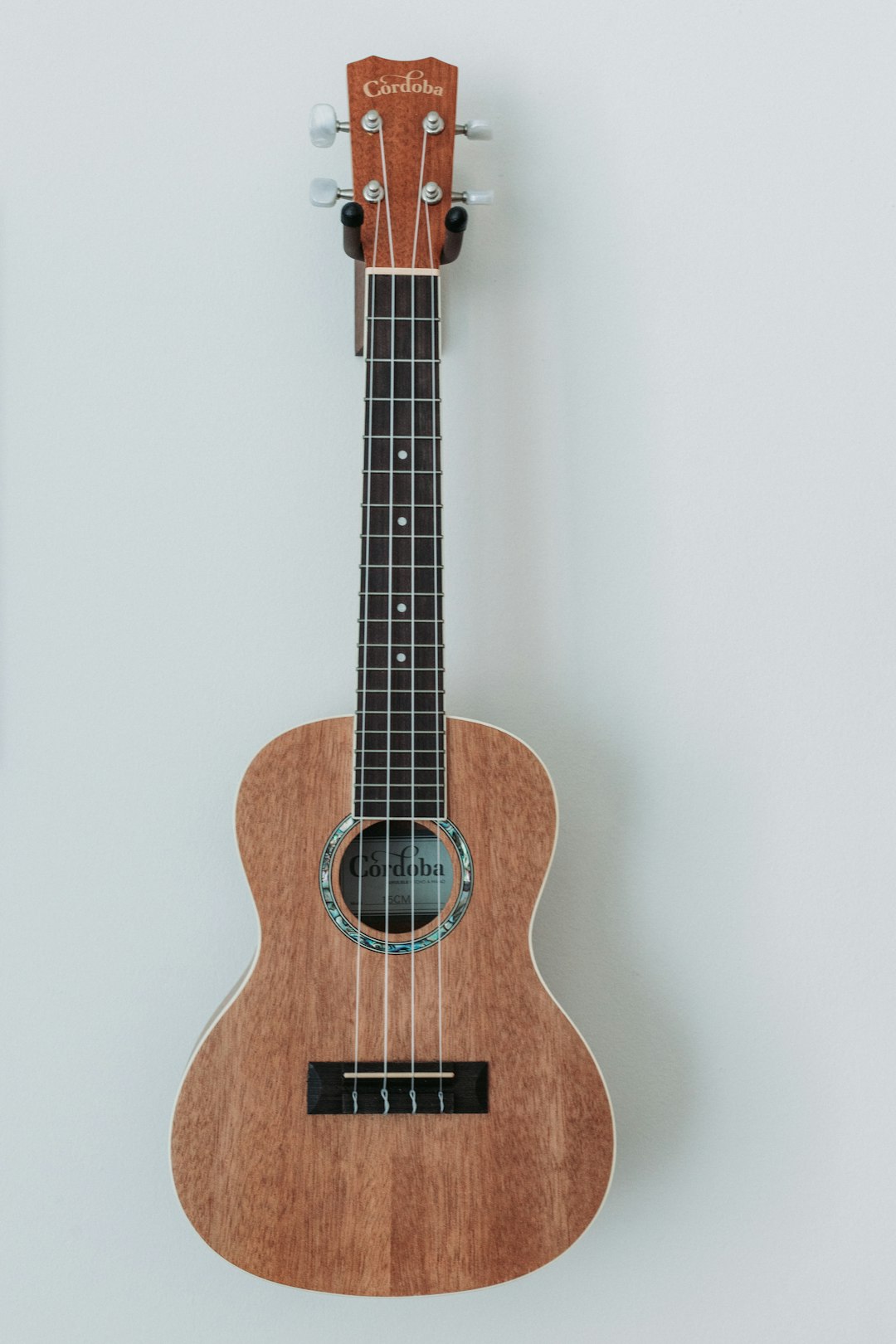What is the Importance of a Metronome to Play the Guitar Well?
NewsThe metronome is an indispensable tool in learning an instrument. It is the tool that allows you to learn to control the tempo of your playing. Because how can you know if your tempo is regular? And how can you create acceleration or slow down your tempo if you have not first developed a solid regularity in your playing? Musicality is about being able to control all aspects of the music. And for that, the right tempo is crucial.
The Importance of Tempo
A budding musician will always pay more attention to the notes than to the tempo. Maybe it's because he takes his time to learn slowly and accurately. Or maybe it's because tempo still seems a bit abstract to him? That his fingering is still shaky? But have you ever thought that playing the right note at the wrong time is just as embarrassing as playing the wrong note at the right time?
In the recording studio for professional musicians there is nothing worse than not being able to find or keep the right tempo. An inexperienced musician will not always realize that he is out of tune. This is of course a matter of experience, but not only that. By using the metronome in your practice from the beginning, you can hone your rhythm and timing skills. Your ear and brain will become accustomed to the click of your metronome and register it. However, it is also important to do without it in order to leave room for interpretation and creative license, but this is only once you are a little more experienced. This way you leave yourself the possibility to speed up and slow down, to make your own interpretation. These moments of pure freedom will allow you to appreciate these free moments, avoid getting bored, and truly express yourself creatively.
Develop your Rhythmic Skills
Ideally, we should develop a sense of rhythm deep within ourselves. The metronome will be there to help you. Afterwards, you can nod your head, shake your body or tap the tempo with your feet.
The best way to develop this rhythmic flow is to express it with different parts of the body. We can feel this pulse by tapping our feet and hands. Mental counting is the least reliable way to record time. Some people’s minds are poor timekeepers.
One of the easiest exercises to start with is to do some warm-up scales. By choosing a slow speed, this allows you to focus your attention on each note. It is important that you are aware of your rhythmic effort.
Then you can always attack the riffs and solos with the metronome. Of course the goal is to free yourself by playing with the tempo as long as you fall right. The metronome will allow you with time to have a better perception of the tempo and to let your musical feelings run free.
Listening to your instrument and the metronome at the same time is also a very good exercise. This will allow you to work on your concentration and your detachment. The practice of the metronome is often tiring at the beginning and requires a lot of effort on your part. But the results pay off incredibly.
If you are wondering what the tempo of a song is, you should know that most of the modern music like pop and rock are in 4 beats even if it is true that some are in 3 beats. You should know that there are sites that keep an inventory of the tempo for well known songs.
If one day you plan to perform on stage, you should know that stress and adrenaline will naturally lead to a faster tempo. To avoid letting this become a problem during performances, work as much as possible with a metronome to integrate your songs mentally.
Written by patrox
on 2022-03-27 10:41:46
Keep reading



The Guitar: One of the Major Figures in the Iconography of Pablo Picasso
The Guitar: One of the Major Figures in the Iconography of Pablo Picasso







